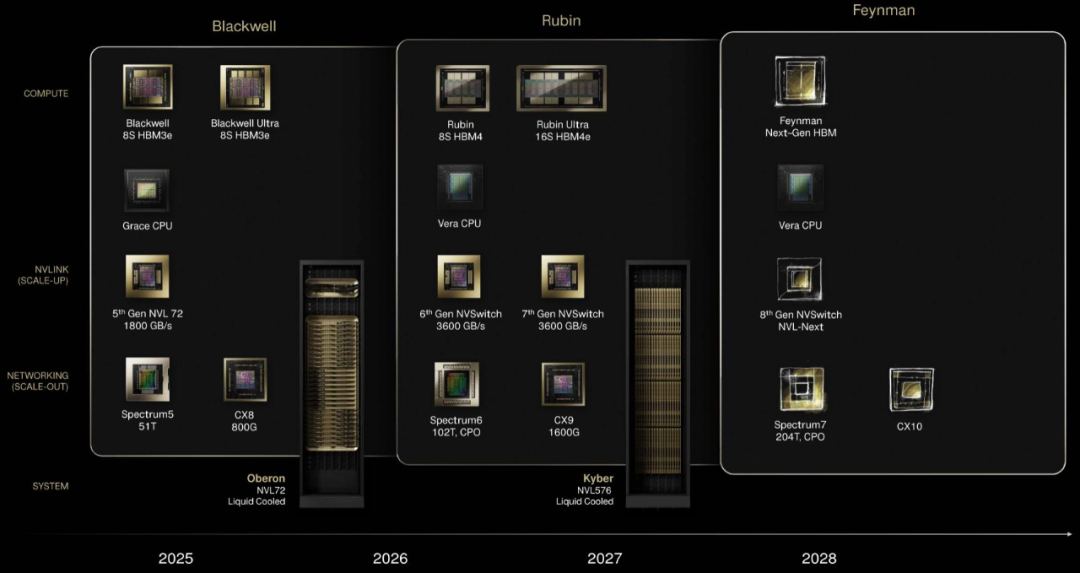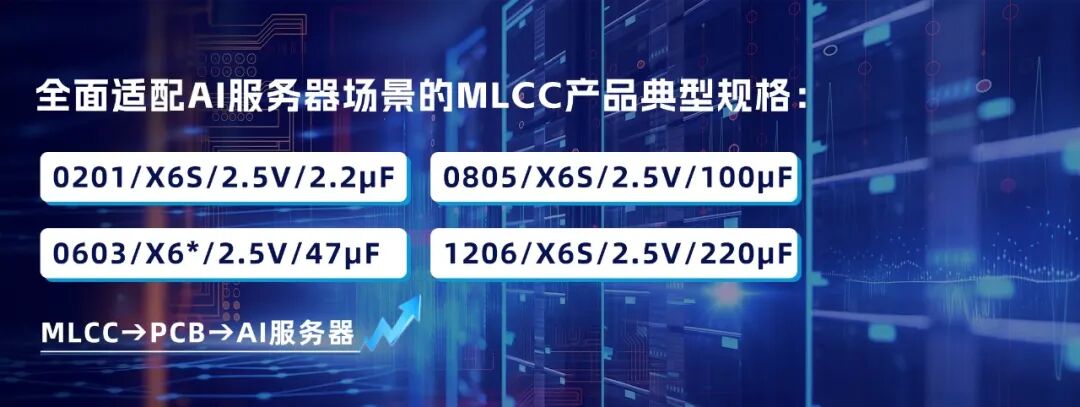Source: Weirong Technology
With the in-depth application of artificial intelligence technology in various industries, the global demand for computing power has seen explosive growth. This trend not only promotes the rapid expansion of data centers and cloud services, but also drives the overall growth of the terminal market. From AI servers to core electronic components, the upstream and downstream of the industrial chain are embracing a new round of development opportunities.
The market trend of AI servers is experiencing strong growth
Driven by the demand for AI computing power, the AI server market has become one of the fastest-growing sectors. It can be seen that the shipment volume has exceeded 1.5 million units in 2024, achieving a significant growth of approximately 27%. It is expected to increase to nearly 1.9 million units in 2025.

(Data source: IDC&TrendForce
In fact, AI servers are high-performance computing servers specifically designed for artificial intelligence. Unlike other modern servers, AI servers can shine brightly through their own heterogeneous computing architecture.
Nvidia's Rubin series, which is scheduled to enter mass production in 2026, will fully adopt M9 grade copper clad laminates. The core components, CPX board and Midplane, have been confirmed to use this material.
M9 significantly enhances its physical properties by leveraging the low thermal expansion coefficient of quartz cloth (80% lower than that of ordinary glass fiber cloth), the surface roughness Rz of HVLP4 copper foil < 0.2μm (signal loss reduced by 60%), and 40% spherical silica filler (thermal conductivity doubled).
In 2027, Rubin Ultra will introduce an orthogonal backplane architecture, combining three 26-layer boards to form a 78-layer ultra-high-density PCB, driving the transformation of AI servers from copper cable interconnection to full on-board interconnection.

The "mother of electronic products", PCB, has seen a simultaneous increase in both volume and price
The printed circuit board, abbreviated as "PCB", mainly functions to connect various electronic components through circuits, achieving conduction and transmission. It is a crucial electronic interconnection component in electronic products, and thus the PCB is also known as the "mother of electronic products".

(PCB actual diagram)
As mentioned above, with the rapid growth trend of the downstream industries of PCB, especially the AI server sector, the PCB market has shown a booming situation with both volume and price rising, especially for high-end PCBS.
From the perspective of servers, the complexity of the PCB of AI servers in terms of the number of layers, size, materials and manufacturing processes far exceeds that of conventional servers.

It can be seen from this that AI servers (such as H100&GB200) require high-speed PCBS even more, typically featuring a multi-layer structure of 28 to 46 layers, far exceeding the 8 to 24 layers of conventional servers. Moreover, in terms of price, the PCB value of a single AI server can be increased to $8,000 to $10,000, which is 5 to 10 times that of a regular server, triggering a purchasing boom in the market.
In the PCB manufacturing process, MLCC (Multilayer Ceramic Capacitor), as a key upstream passive component, its performance and usage directly affect the stability and signal integrity of the PCB.
“电子工业大米”MLCC需求激增
As a key passive component of PCBS, the demand for MLCC has also soared with the upgrading of PCB technology. The MLCC market has witnessed a new frenzy. Leading domestic manufacturers have a full order book and their delivery times have been continuously extended, demonstrating the extent of its popularity.
During the PCB manufacturing process, the PCIe bus has begun to evolve from 3.0 to 5.0, with the transmission rate leaping from 8Gbps to 32Gbps. This has led to a sharp increase in the demand for high frequency, high speed and high performance of PCBS, and has also given rise to the three core requirements for MLCC technology:
(1)High-frequency and high-speed transmission
The PCB needs to support a rate of over 100 Gbps and maintain low loss, while the MLCC must have even lower ESR/ESL characteristics to ensure signal integrity.
(2) High power & heat dissipation
The server power has exceeded 100kW+, and the MLCC needs to withstand higher environmental temperatures and maintain high-temperature stability.
(3) High density and miniaturization
PCB space compression drives MLCCS to achieve higher capacitance values in an extremely small volume to meet the instantaneous power supply requirements of chips.

0201 X6S 2.5V 2.2uF
0603 X6* 2.5V 47uF
0805 X6S 2.5V 100uF
1206 X6S 2.5V 220uF
The series of specification line products have successfully met the strict requirements of electronic devices for ultra-miniaturized electronic components, among which the 220μF extreme high capacity product is in line with the world's top level.

On the PCB that carries powerful computing power and high-speed data flow, MLCC, through efficient power decoupling, signal filtering and stability protection, becomes the key to ensuring the high-speed and stable operation of AI servers. Focusing on the high-end MLCC market in Chinese mainland, Weirong Technology is also breaking through with a high-specification product matrix, continuously contributing core strength to strengthening the computing power foundation of China's electronic industry.

免责声明: 本文章转自其它平台,并不代表本站观点及立场。若有侵权或异议,请联系我们删除。谢谢!
Disclaimer: This article is reproduced from other platforms and does not represent the views or positions of this website. If there is any infringement or objection, please contact us to delete it. thank you!
矽源特科技ChipSourceTek


